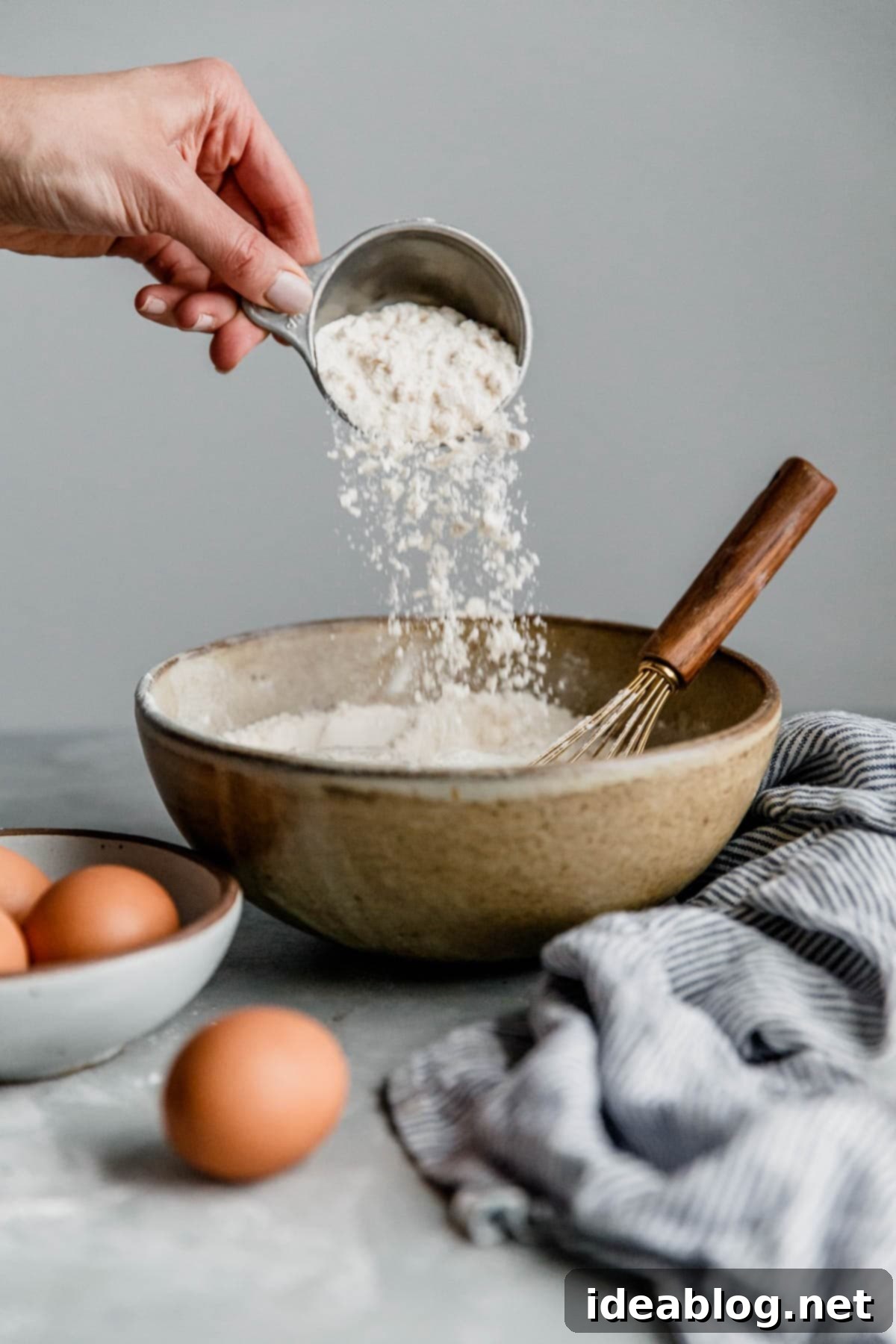Bread Flour vs. All-Purpose Flour: Understanding the Key Differences for Perfect Baking
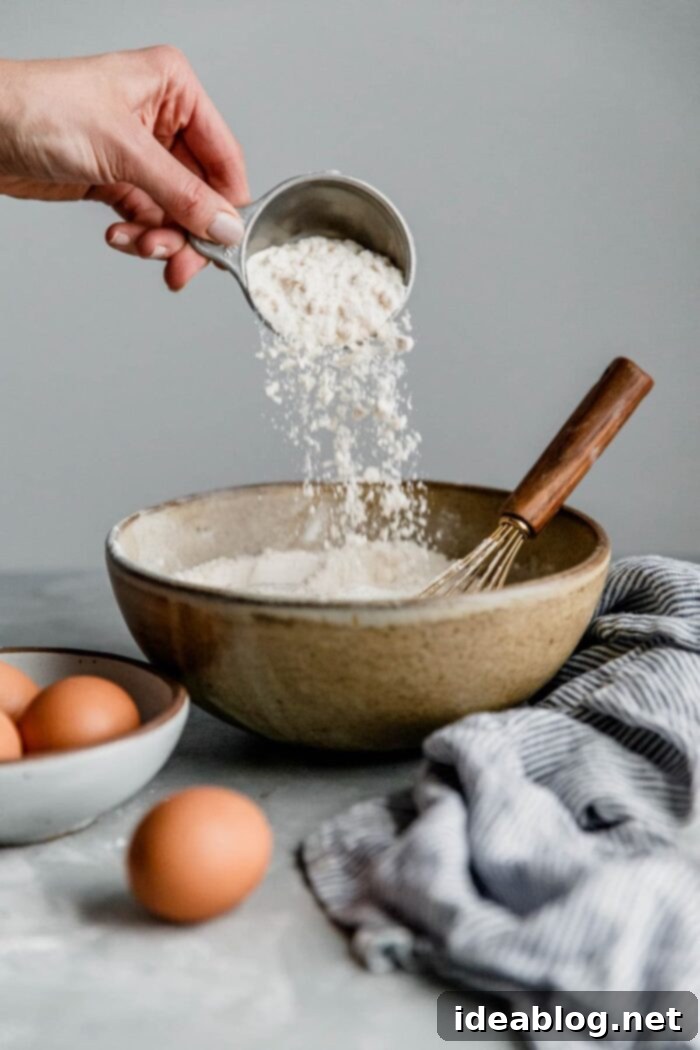
In the vast world of baking, understanding your ingredients is paramount to achieving consistent and delicious results. Among the most fundamental ingredients, flour stands supreme, and the choice between bread flour vs. all-purpose flour is a frequent point of discussion and confusion for home bakers and seasoned professionals alike. This comprehensive guide will take a deep dive into the nuances that differentiate these two common flour types, empowering you to make informed decisions for all your baking adventures.
Ever since I began my journey into baking and started sharing my popular sourdough recipes, one question frequently arises: can you substitute bread flour with all-purpose flour, or vice versa? This question becomes particularly relevant during times of flour shortages, fluctuating prices, or simply when you’re trying to adapt a recipe to what you have on hand. The short answer is indeed yes, but with important reservations and considerations that every baker should understand.
Before you embark on any substitutions, it is crucial to grasp the fundamental difference between bread flour and all-purpose flour. This foundational knowledge isn’t just about following a recipe; it will transform you into a more intuitive and adaptable baker, significantly improving the outcome of your baked goods by allowing you to predict and control their texture, rise, and overall quality. Let’s explore the science behind these essential baking staples.
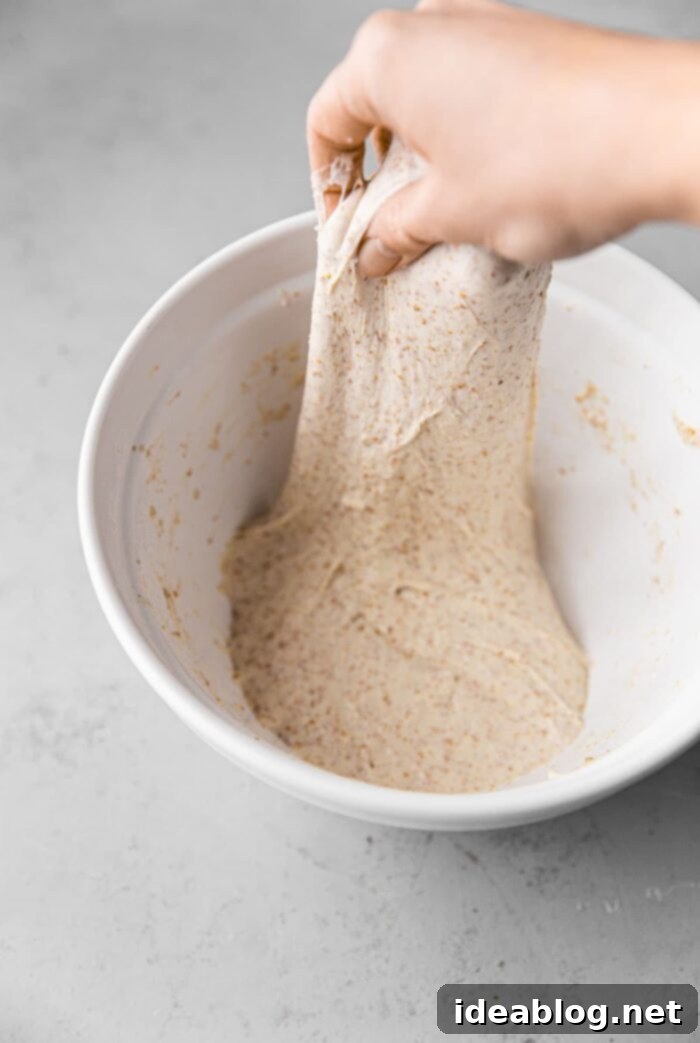
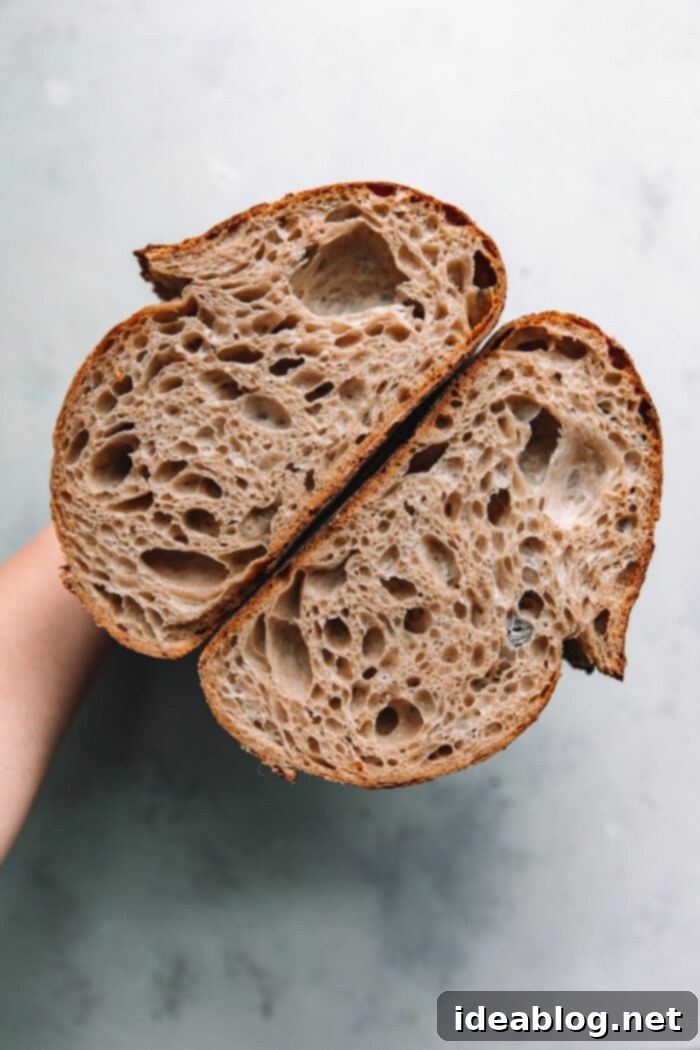
The Core Difference: Protein Content in Bread and All-Purpose Flour
Both bread flour and all-purpose flour are classified as refined flours, meaning that during the milling process, the wheat germ and bran have been carefully removed. This results in a fine, white powder that forms the backbone of countless recipes. However, despite their similar appearance, the critical distinction that sets them apart is their protein content.
Simply put, bread flour consistently contains more protein than all-purpose flour. This difference isn’t arbitrary; it stems from the specific strains of wheat used in their production. Bread flour is typically milled from hard red spring wheat, which is naturally higher in protein. In contrast, all-purpose flour is milled from a blend of soft or hard red winter wheat, resulting in a lower protein percentage.
- All-Purpose Flour: Generally ranges from 10% to 12% protein.
- Bread Flour: Typically contains 12% to 13.5% protein. Some specialty bread flours can even reach 14% or more.
Brand Differences: It’s essential to recognize that protein content can vary significantly from one brand to another. For instance, a premium brand like King Arthur All-Purpose Flour boasts a higher protein level at approximately 11.7%, making it closer to some bread flours, while Gold Medal Unbleached All-Purpose Flour might come in at 10.5%. These variations can also fluctuate seasonally or even batch-to-batch, so always check the nutrition label if precision is crucial for your recipe.
Bleached vs. Unbleached All-Purpose Flour: Another factor influencing protein is the bleaching process. Bleached flour undergoes chemical treatment to whiten it and age it faster. This process can slightly weaken the protein structure, meaning bleached flour generally contains less effective protein than its unbleached counterpart. For example, White Lily Bleached All-Purpose Flour, designed for tender cakes and biscuits, has a remarkably low protein content of 8-9%.
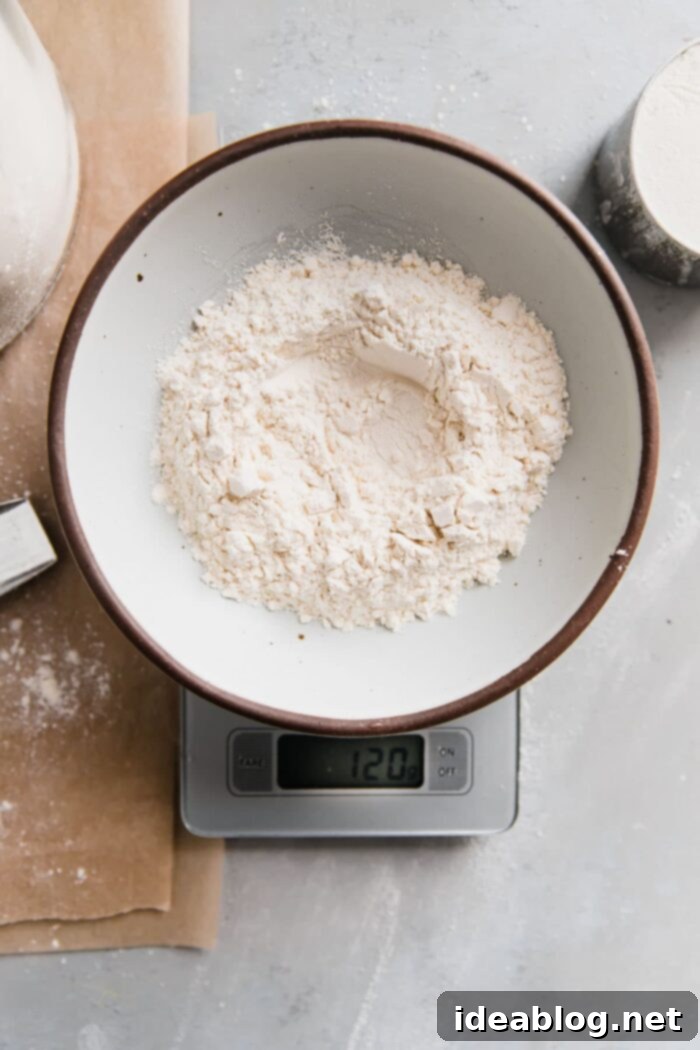
How Wheat Protein Drives Gluten Development and Impacts Baked Goods
The magic truly happens when wheat protein interacts with water or other liquids. This interaction initiates the development of gluten, a complex network of proteins (specifically gliadin and glutenin) that is vital for the structure of most baked goods. High protein flours, such as bread flour, facilitate significantly increased gluten development, which translates directly into enhanced strength, superior elasticity, and robust structure in doughs and batters.
These interconnected protein strands form a resilient, slinky-like matrix within the dough. This network is not only strong and elastic, allowing the dough to stretch and expand considerably, but also, and most importantly for leavened products, it efficiently traps gases produced by yeast or other leavening agents. This gas retention is what leads to the desirable characteristics we associate with artisanal bread: crisp, golden crusts, wonderfully chewy interior textures, and an impressive higher rise and volume in the finished loaf.
Baking techniques such as kneading, stretch and folds (demonstrated here), and lamination (as seen in sourdough olive bread) are all designed to manipulate and strengthen these gluten networks. By working the dough, you align the protein strands, creating a more organized and robust structure capable of holding its shape and trapping more air, leading to a lighter, airier, and chewier crumb.
Note: While higher protein typically correlates with increased elasticity and strength, it’s not the sole determinant. For instance, whole grain flours, despite their higher overall protein content, often have weaker gluten development due to the sharp bran particles cutting through the gluten strands. Moreover, other ingredients can profoundly impact gluten formation. Fat, for example, can tenderize dough by coating gluten proteins and inhibiting their development, while salt strengthens gluten. For a more in-depth exploration of how different ingredients and flour types interact, refer to this comprehensive article on different types of flours and their optimal uses.
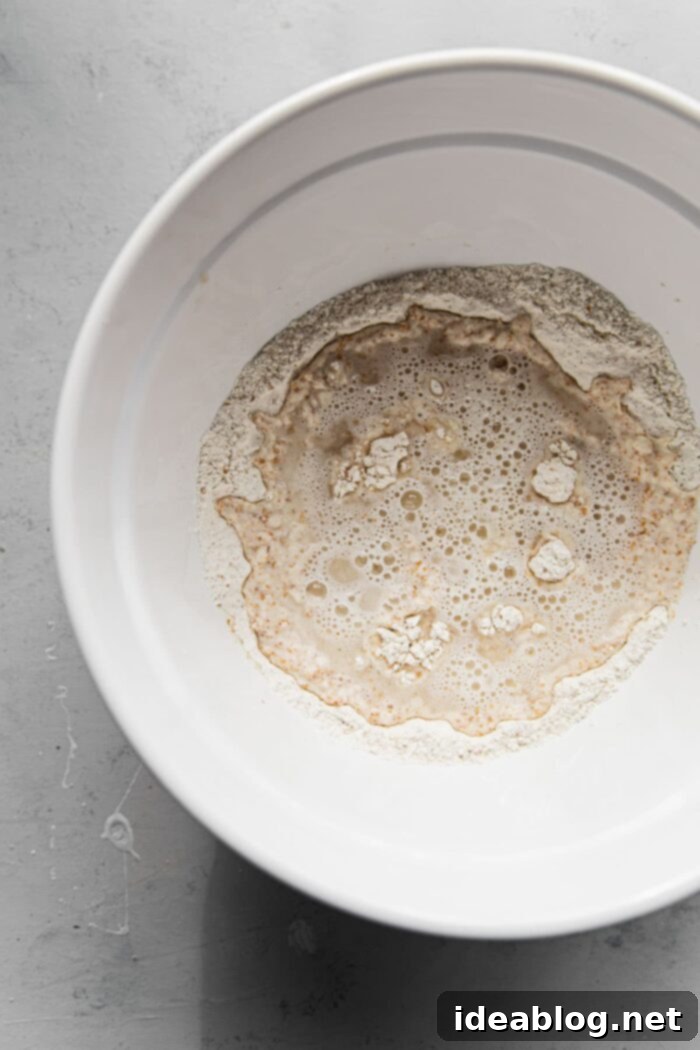
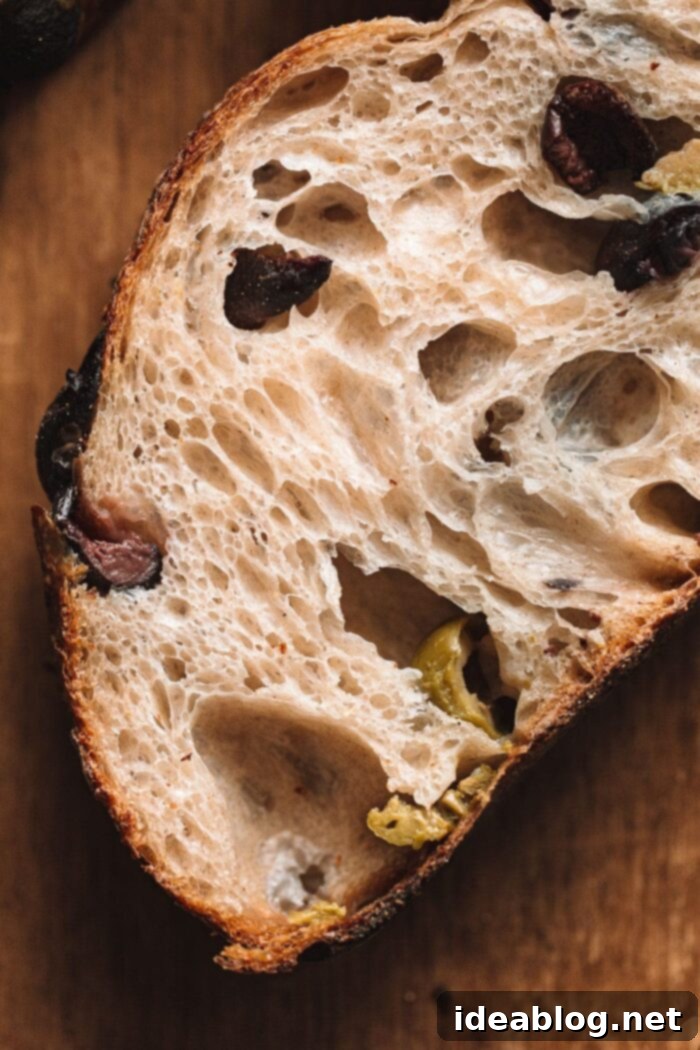
The Relationship Between Protein and Water Absorption
Beyond gluten development, protein content also dictates how much liquid a flour can absorb. High protein wheat flours possess a greater capacity to absorb water (or other liquids) compared to lower protein wheat flours. Conversely, all-purpose flour, with its lower protein content, is inherently less absorbent than bread flour. The proteins in flour, particularly gluten-forming proteins, are hydrophilic, meaning they attract and hold water. More protein means more water can be bound within the flour structure.
Lower protein flours simply lack the structural components to absorb and hold as much water as their high protein counterparts. This difference in absorption capacity is a critical consideration, especially when you are adapting recipes, making flour substitutions, or trying to achieve a specific dough hydration. Failing to adjust liquid amounts when substituting flours can lead to doughs that are either too wet and sticky (if you use too much water with AP flour) or too dry and stiff (if you don’t add enough water with bread flour), both of which can negatively impact the final baked good’s texture and rise.
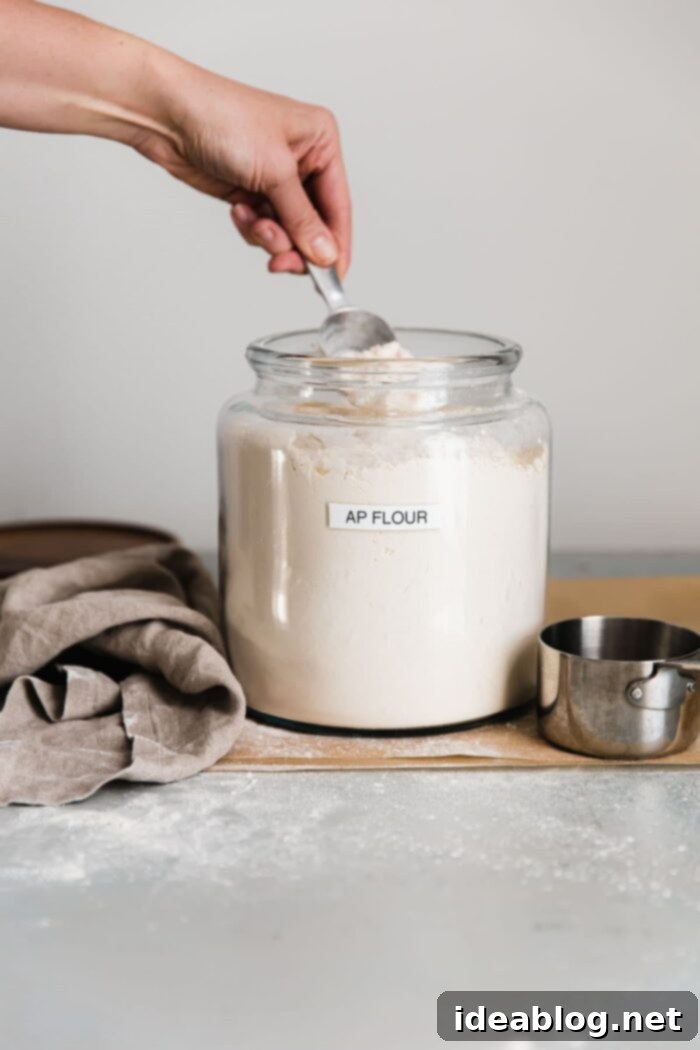

Can You Substitute Bread Flour with All-Purpose Flour?
When a recipe specifically calls for bread flour (or another high protein flour), the best practice is always to adhere to the recipe’s specifications. This approach is the most reliable way to ensure you achieve the intended texture, structure, and overall outcome of the original baked good. Recipe developers choose specific flours for a reason, often to leverage their unique protein profiles for desired results.
That being said, substituting bread flour with all-purpose flour is indeed possible in many scenarios, but it’s a substitution best reserved for baked goods where a supremely chewy crumb and robust structure are not the primary goal. For instance, this type of substitution is more forgiving for tender baked goods like dinner rolls, soft sandwich bread, or quick breads. In contrast, it is less ideal for items like crusty sourdough loaves, dense bagels, or chewy pizza crusts, which are specifically prized for their extensive gluten development, resulting in a characteristic chewiness and open crumb structure.
Substitution Note: Since bread flour naturally absorbs more water than all-purpose flour, when making this substitution, I strongly recommend reducing the amount of water or liquid in the recipe by about 1-2 tablespoons per cup of flour. This adjustment helps to prevent the dough from becoming too slack or sticky. Be prepared for the dough to feel slightly stickier and less elastic by nature. It will also likely not hold its structure or achieve quite the same lofty rise as a dough made with bread flour, resulting in a softer, less chewy finished product.
Tip for Success: To maximize your chances of success when substituting, aim to use an all-purpose flour with a higher protein content, such as King Arthur Unbleached All-Purpose Flour, which is known for its relatively high 11.7% protein. This choice will yield better results than using a lower protein AP flour. Always keep these brand variances in mind, as they can significantly impact the outcome!
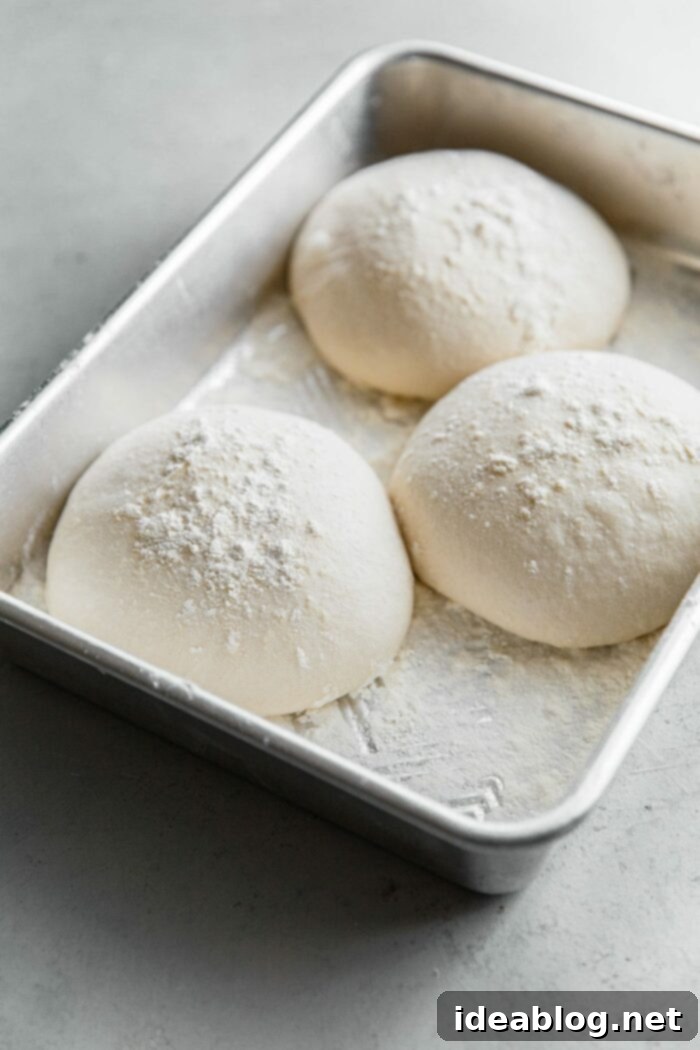
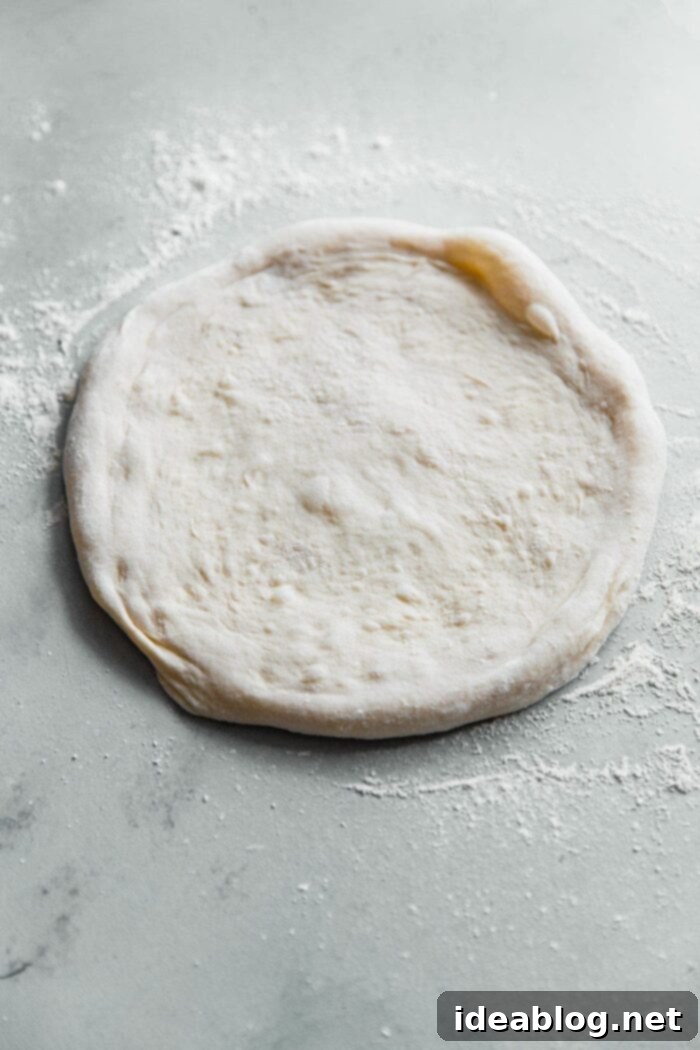
Conversely, Can You Substitute All-Purpose Flour with Bread Flour?
Yes, you can substitute all-purpose flour with bread flour, but this substitution is ideally undertaken when your intention is to enhance the desirable properties often attributed to high protein flours: increased chewiness, improved structure, better rise, and greater elasticity. If you desire a more robust and chewy texture in a recipe that traditionally uses all-purpose flour, then bread flour can be an excellent choice.
Many popular bread and pizza dough recipes are written to call for all-purpose flour primarily to make them more accessible to home cooks who might not keep a dedicated bread flour on hand. However, if your favorite no-knead French boule recipe or your go-to Margherita pizza recipe currently uses all-purpose flour, and you’ve always wished for a slightly chewier, more substantial crust, then feel completely free to experiment by substituting with bread flour. You’ll likely be pleased with the added depth of texture.
A perfect example of adapting recipes to suit personal taste is demonstrated by cookies made with bread flour. If you absolutely love extra chewy (as opposed to tender and crumbly) chocolate chip cookies, try replacing a portion—or even all—of the all-purpose flour with bread flour. Observe the remarkable transformation in texture! The higher protein will contribute to a more developed gluten network, resulting in a delightfully chewy cookie that holds its shape beautifully.
When NOT to Substitute Bread Flour: It is equally important to know when bread flour should never be used in place of all-purpose flour. Avoid using bread flour in tender baked goods such as delicate cakes, light and fluffy pancakes, crisp waffles, tender quick breads and muffins, or fudgy brownies. For these categories, minimal gluten development is not only preferred but essential to achieve their characteristic soft, tender, and melt-in-your-mouth textures. Using bread flour would result in a tough, dense, and unappealing product. For more in-depth information on flour choices for these types of desserts, reference our detailed article on cake flour vs. all-purpose flour.
Substitution Note: When using bread flour as a substitute for all-purpose flour, remember its higher absorption rate. You will likely need to increase the water or liquid in the recipe slightly, typically by 1-2 tablespoons per cup of flour, to achieve the correct dough consistency. Without this adjustment, your dough may be significantly drier, stiffer, and harder to mix and properly develop. Expect the resulting dough to exhibit greater elasticity and overall dough strength, which is precisely what you’re aiming for in chewy baked goods.
Expand Your Baking Knowledge: Other Helpful Resources
- Delve deeper into the characteristics and uses of Other Types of Baking Flours (and the Essential Differences Between Them)
- Master the art of delicate pastries with our guide on Cake Flour Vs. All-Purpose Flour
- Ensure accuracy in your recipes by learning How to Measure Flour correctly every time.
- Equip your kitchen for success with a list of our Favorite Bread Baking Tools.
- Gain a scientific perspective on dough structure by Understanding Gluten and its role in baking.
